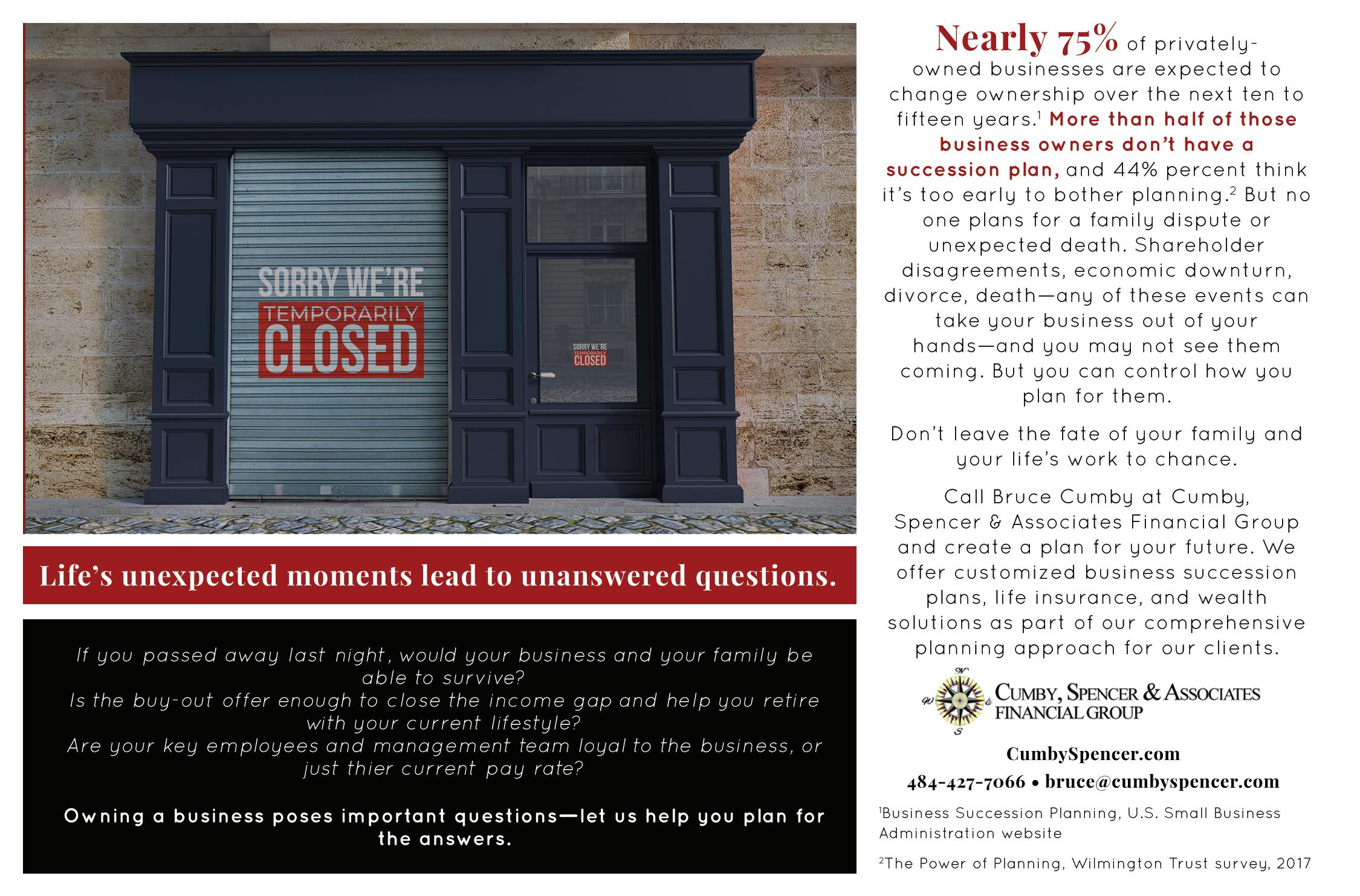
3 minute read
NEW BIDEN ADMINISTRATION: OSHA TO REVIEW AND UPDATE EMPLOYERS' GUIDANCE ON WORKPLACE SAFETY DURING COVID-19 PANDEMIC
BY ERNEST J. BERNABEI III, ESQ., PARTNER | PILLINGER MILLER TARALLO LLP
Addressing workplace safety, one of the first executive orders issued by President Biden was signed on January 21, 2021, the day after his inauguration. This order mandates that the Occupational Safety and Health Administration (OSHA) revise and update employers' guidance on workplace safety during the COVID-19 pandemic. It also has to determine if temporary emergency standards are necessary.
On January 29, 2021, OSHA issued revised and updated guidelines to employers entitled "Protecting Workers: Guidance on Mitigating and Preventing the Spread of COVID-19 in the Workplace." While the new guidelines have stronger language than the previous guidelines, unlike standards, employers are under no legal obligation to follow these specific guidelines. The recommendations are advisory in nature, informational in content, and intended to assist employers in providing a safe and healthful workplace. The Occupational Safety and Health Act requires employers to comply with safety and health standards and regulations promulgated by OSHA or by a state with an OSHA-approved state plan. The Act's General Duty Clause, Section 5(a)(1), requires employers to provide their employees with a workplace free from recognized hazards likely to cause death or serious physical harm. Originally, under the order, OSHA had until March 15, 2021, to determine if temporary emergency standards are necessary. As of this date, OSHA has not made any such determination. It is unknown whether or when they will release temporary emergency standards. If so, employers would legally need to adhere to these standards, unlike the guidelines.
Employers should not ignore these guidelines and should instead familiarize themselves with them as they could be at risk of violating current OSHA standards. For example, Section 5 of the Occupational Safety and Health Act, also known as the "General Duty Clause," provides that employers "shall furnish to each of his employees employment and a place of employment which are free from recognized hazards that are causing or are likely to cause death or serious physical harm to his employees…" Section 5(a)(1). OSHA's Personal Protective Equipment (PPE) standards require the use of gloves, eye and face protection, and respiratory protection when job hazards warrant it. 29 CFR 1910 Subpart I and 29 CFR 1926 Subpart E. These are just a few examples of standards that would apply to COVID-19 responses in the workplace.
OSHA Senior Advisor Ann Rosenthal stated that OSHA would also be working on "streamlining" the COVID-19-related citation process. Due to the many review levels set up by the last administration, many citations were barred by the 6-month statute of limitations or issued on the final day.
To reduce transmission of the virus, some of the current guidelines suggest that employers adopt policies that encourage potentially infected workers to stay home without facing negative repercussions and communicate COVID-19 policies and procedures in every language spoken in the workplace. Other suggestions include addressing and providing personal protective equipment (PPE), barriers for when it is not possible to maintain 6 feet of distance, handwashing, and routine cleaning and disinfecting. The guidelines also strongly suggest creating a policy of no retaliation for whistleblower complaints.
Most construction workers are unlikely to need PPE beyond what they use to protect themselves during routine job tasks. Such PPE includes equipment such as gloves, safety glasses, and face masks. With these guidelines, employers must make every effort to protect workers through measures other than PPE. It is The takeaway is that employers should be aware of the current guidelines. While they are "strong" suggestions and not legally enforceable, employers, large and small, should try to adhere where possible to avoid risking OSHA violations. Employers should also consider adopting their own policies and guidelines in adherence to the OSHA guidelines. When required, respirators for protection from COVID-19 transmission, the employer must comply with OSHA's Respiratory Protection standard, which includes training. MY SUGGESTION: When respirators for protection from COVID-19 are required, the employer must comply with OSHA's Respiratory Protection standard, including training.
Further, as noted above, OSHA may be issuing Emergency Temporary Standards soon, which would be legally enforceable. Review the guidelines here: https://www.osha.gov/sites/default/ files/publications/OSHA3990.pdf











